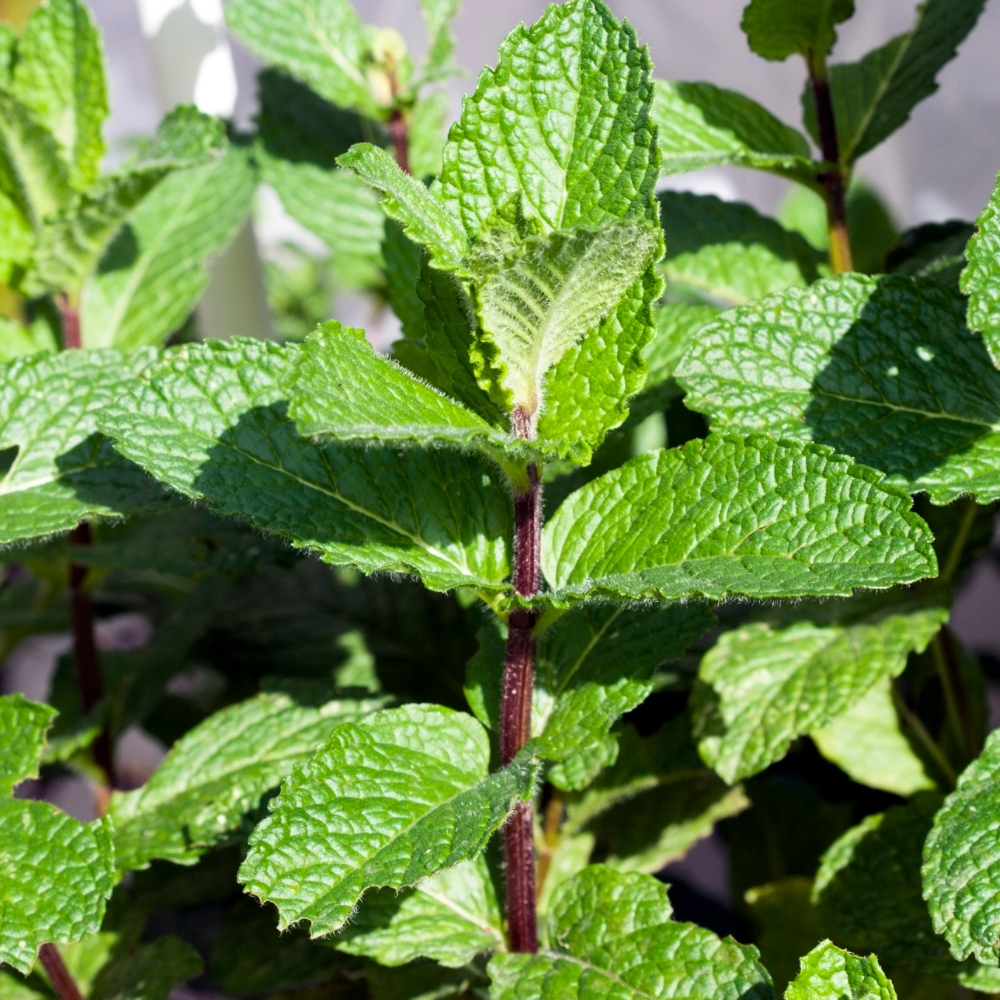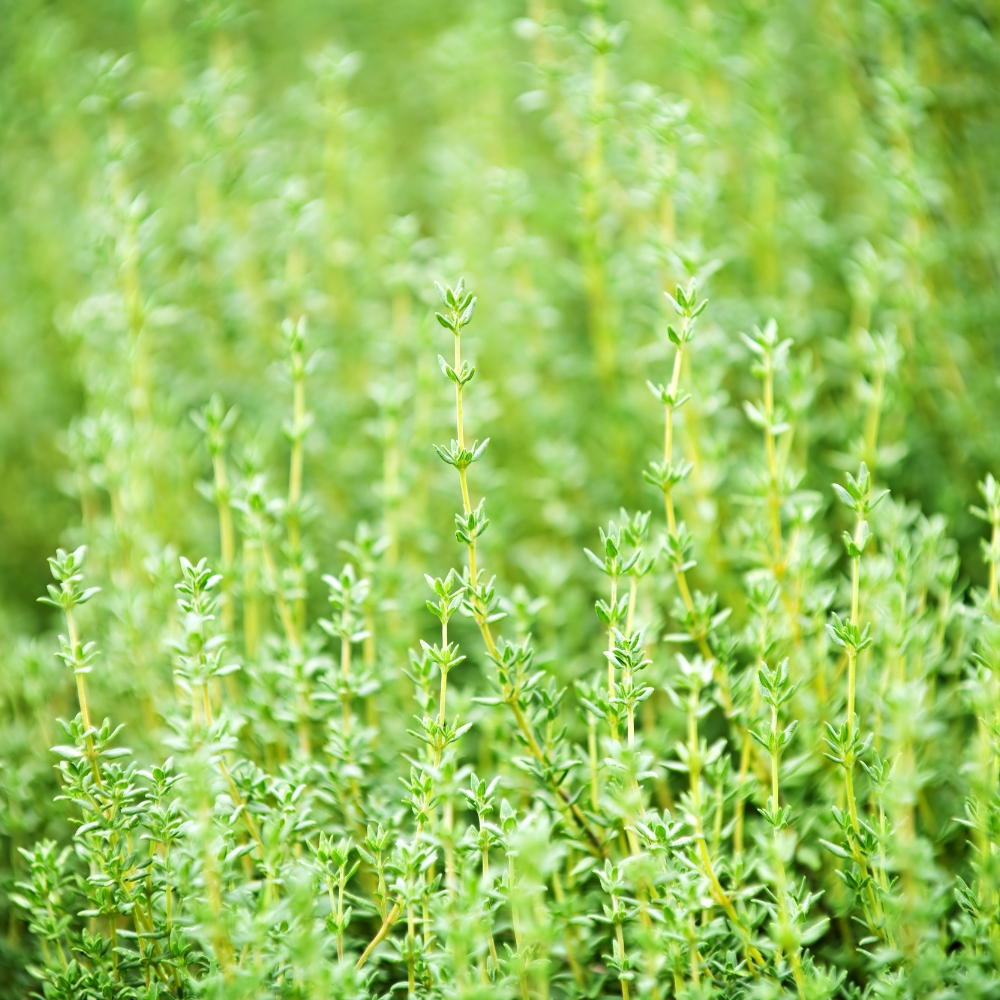Looking for some easy tips on how to grow Calibrachoa Plants? You’ve arrived at the right place! These colorful little ‘bells’ are a favorite among gardeners for their ease of care, versatility, and stunning visual appeal. Known as the darling of the annual garden, Calibrachoa plants explode onto the scene in spring, attract hummingbirds, and bloom enthusiastically all season long, making them a perfect addition to any garden.

What are Calibrachoa Flowers?
Named after a 19th-century Mexican botanist, Calibrachoa (pronounced kal-ih-bruh-KO-uh), sometimes referred to as million bells or trailing petunia, are akin to petunias but boast tiny, one-inch, trumpet-shaped flowers. They come in a wide variety of bold colors like tangerine and dark red, with some newer hybrids displaying ruffled double flowers or blooms with a distinctive dark ‘eye’. These plants are particularly showy, featuring thick, sticky leaves that open during the day and close at night. Growing in compact mounds with trailing branches, Calibrachoa are ideal for hanging baskets and containers, reaching heights of 5-10 inches and spreading 12-48 inches wide.
How to Grow Calibrachoa
To ensure your Calibrachoa thrives, plant them in spring, post the last frost, in well-draining soil enriched with organic matter. Though they flourish in full sun, a bit of afternoon shade benefits them in hotter, southern climates. Opt for a liquid fertilizer every other watering to promote growth. Yellowing leaves signal a need for iron; apply Iron-tone to adjust your pH levels accordingly.
Calibrachoa is low maintenance: water them when the soil’s top feels dry and consider pinching back for a bushier appearance, though this may delay blooming by about two weeks.
Enhancing Your Garden with Calibrachoa
Ideal for containers, hanging baskets, and window boxes, Calibrachoa’s bright, cheerful blooms create a stunning flower cascade. They also beautifully complement the front of flowerbed borders, especially when paired with petunia, ipomoea, or bacopa for a breathtaking waterfall effect.
Overwintering Calibrachoa
In zones 9-11, Calibrachoa can survive winter outdoors. Elsewhere, overwinter them indoors by bringing containers into a cool room before the first frost, ensuring they receive 4-6 hours of sunlight daily. Prune leggy stems, water weekly, and fertilize monthly with a general-purpose solution.
Additional Tips for Success
- Pest and Disease Management: Monitor for aphids and fungal diseases, using appropriate treatments as needed.
- Pruning and Deadheading: Regularly remove spent flowers and prune to encourage more blooms.
- Propagating Calibrachoa: Try propagating from cuttings to expand your collection.
- FAQ Section: Address common care questions, helping gardeners avoid pitfalls.
- Environmental Considerations: Growing Calibrachoa attracts pollinators, contributing to the health of your garden ecosystem.
As you embark on your Calibrachoa gardening journey, remember that the beauty of these plants lies not just in their vibrant blooms but in the joy and satisfaction they bring to gardeners of all levels. With these tips and a little care, you’re well on your way to enjoying a flourishing display of Calibrachoa’s charming bells all season long.
































































































































































































































































































































































































































